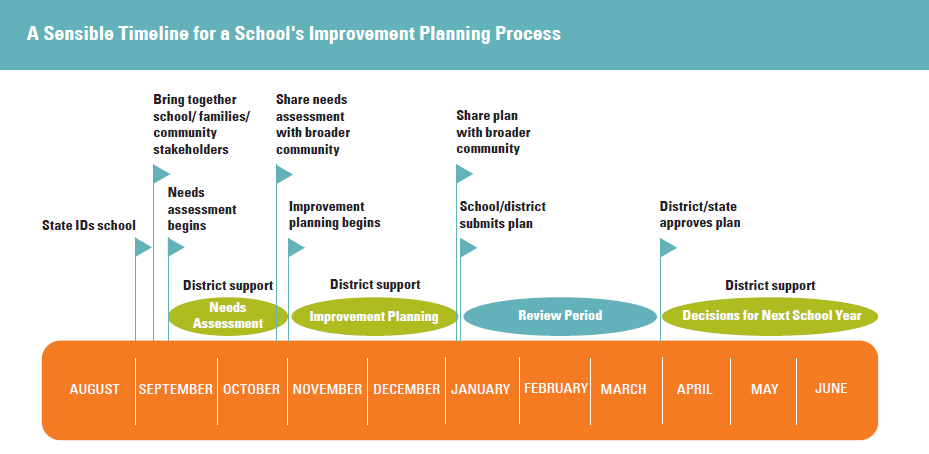For Equity-Oriented State Leaders: 9 Ideas for Stimulating School Improvement Under ESSA
s state education leaders redesign their school accountability systems under the Every Student Succeeds Act (ESSA), there’s been a…

As state education leaders redesign their school accountability systems under the Every Student Succeeds Act (ESSA), there’s been a lot of attention to the fundamentals of school ratings. That’s a good thing: In education, as in almost everything else, what’s measured ends up mattering. And rating systems that are careful about prioritizing the most important things for students and their futures — and that make sure that the performance of vulnerable groups of children isn’t swamped by schoolwide averages — are helpful in creating the urgency necessary to fuel improvement efforts.
But ratings are only part of the story. States have an obligation to prompt improvement in schools that, according to the ratings, are not making progress for all students or for a group of students. And while ESSA grants states latitude on school improvement, some features of the law (as well as current practice) are leading to severely truncated thinking, both about the breadth of gains needed to assure that all children are prepared for post-high school success and about the needed features (beyond school ratings) of an improvement system that will produce those gains.
We’ve compiled nine important ideas worth considering.